Cats are commonly affected by eye inflammation caused by viruses and bacteria. Our Envision More Veterinary Ophthalmology team knows how significant your cat’s eyes are to their quality of life, and we provide helpful information about feline infectious conjunctivitis.
What is feline infectious conjunctivitis?
The conjunctiva is the tissue that lines a cat’s eyelids and third eyelid, and covers the white part of the eye. Conjunctivitis is the medical term for inflammation of this tissue. When the condition is caused by a pathogen, such as bacteria or a virus, it is known as infectious conjunctivitis. Conjunctivitis can also be caused by irritation, trauma, and allergies.
What causes feline infectious conjunctivitis?
Cats are susceptible to numerous microorganisms that can cause feline infectious conjunctivitis, such as:
- Feline herpesvirus type 1 (FHV-1) — Also known as feline viral rhinotracheitis, FHV-1 is a highly contagious infectious disease that affects as many as 80% of cats; however, many show no signs. Once infected, cats become chronically infected, and while their disease signs may resolve, they can recur any time the cat is stressed or ill. This is the most common cause of conjunctivitis in cats.
- Feline calicivirus (FCV) — FCV is a ubiquitous virus that affects about 10% of cats in private households and 25% to 40% in shelters and catteries.
- Chlamydiosis — Chlamydiosis is caused by the Chlamydia psittaci bacterium.
- Mycoplasmosis — Mycoplasmosis is caused by Mycoplasma spp. bacterium.
How is feline infectious conjunctivitis transmitted?
FHV-1, FCV, and C. psittaci can be found in an infected cat’s saliva, nasal discharge, and eye secretions. Transmission occurs through direct contact with an infected cat, contact with objects that were contaminated by infected secretions, or inhalation of infected respiratory droplets in the air.
Mycoplasma spp. can be isolated from a healthy cat’s mouth, pharynx, airways, and conjunctiva. While they are typically non-pathogenic, they result in clinical illness in some cats. Conditions that inhibit the immune system may increase a cat’s mycoplasmosis risk.
What are feline infectious conjunctivitis signs?
Conjunctivitis signs include squinting or keeping the eye completely closed; red, swollen tissue around the eye and eyelids; excessive tearing; and potentially, yellow or green ocular discharge or crusting around the eyes. Other signs may also be present depending on what caused the conjunctivitis:
- Feline herpesvirus type-1 — Cats affected by FHV-1 often have respiratory signs such as sneezing, lethargy, fever, and nasal congestion and discharge.
- Feline calicivirus — In addition to conjunctivitis, FCV signs may include sneezing, nasal discharge, lethargy, fever, and nose and mouth ulcerations. Some cats may also experience joint inflammation.
- Chlamydiosis — Other chlamydiosis signs may include lack of appetite, fever, sneezing, difficulty breathing, and nasal discharge.
- Mycoplasmosis — Other mycoplasmosis signs may include widespread joint inflammation, fever, sneezing, and skin abscesses.
How is feline infectious conjunctivitis diagnosed?
Since conjunctivitis can be caused by numerous issues, several diagnostic tests may be necessary to determine the underlying cause. Potential tests include:
- Ophthalmic examination — Our team will thoroughly examine every part of your cat’s eyes, including the conjunctiva, cornea, lens, retina, and optic disc.
- Rose bengal stain — Rose bengal is a stain used to identify damage to the conjunctival and corneal epithelial cells. We use this stain to look for lesions caused by FHV-1.
- Fluorescein stain — Corneal ulcerations (i.e. defects in the cornea) can cause conjunctivitis, and conjunctivitis can lead to corneal ulcers, so our team will perform a fluorescein stain to check for defects. This special stain only adheres to the damaged tissue so the ulceration is easily seen.
- Schirmer tear test — Inadequate tear production can lead to conjunctivitis, and we may perform a Schirmer tear test to measure your cat’s tear production. This test involves placing a special strip of paper in your cat’s lower eyelid.
- Tonometer reading — We use a special instrument called a tonometer to test your cat’s eye pressure to ensure glaucoma isn’t contributing to the problem.
- Blood work — Blood work, such as a complete blood count (CBC) or biochemistry profile may be indicated to look for infection and assess your cat’s overall health. In addition, we may recommend testing for feline leukemia virus and feline immunodeficiency virus, which suppress a cat’s immune system, making them more susceptible to infection.
- Cytology and culture — We may take a sample of your cat’s eye secretions to test for a specific pathogen.
How is feline infectious conjunctivitis treated?

Proper treatment is critical to help prevent permanent eye damage. Possible treatments we may prescribe include:
- Topical antibiotics — We may prescribe topical eye antibiotic ointments or drops to treat a primary infection or, in the case of a viral infection, to address secondary bacterial infections.
- Topical antivirals — Topical eye antiviral drops may be necessary to treat FHV-1 and FCV.
- Systemic antibiotics — Cats affected by chlamydiosis or mycoplasmosis will require a systemic antibiotic to treat their infection.
- Warm compresses — Applying warm compresses to your cat’s eyes can be helpful, especially if they have excessive ocular discharge.
- Eye cleaning — Cleaning your cat’s eyes often is also important to prevent crusts from forming.
If your cat has severe or recurrent conjunctivitis, contact our Envision More Veterinary Ophthalmology team so we can devise an appropriate treatment plan to help preserve their vision.

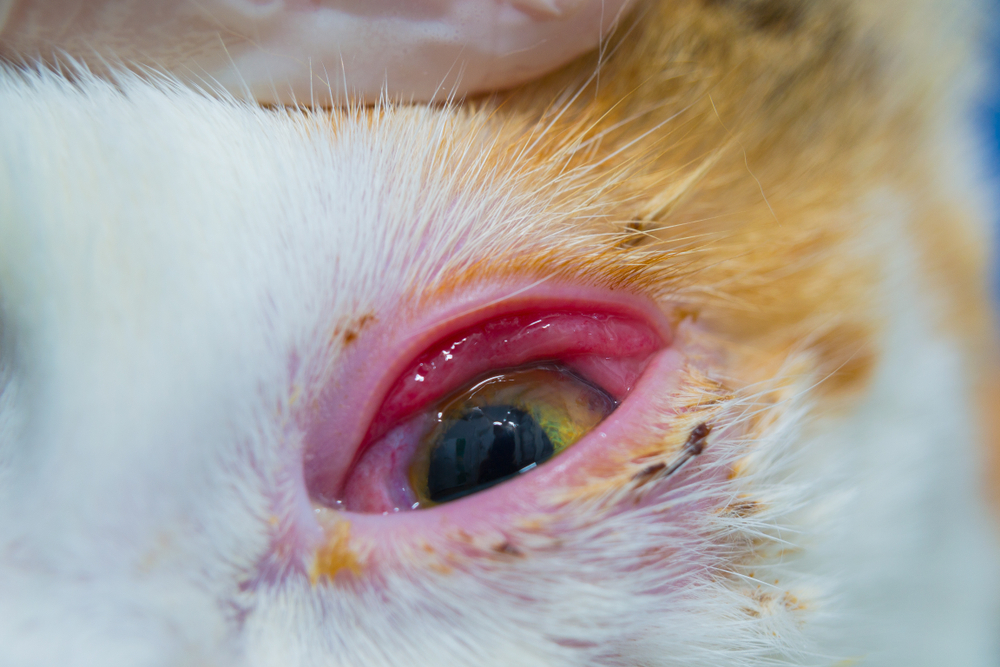
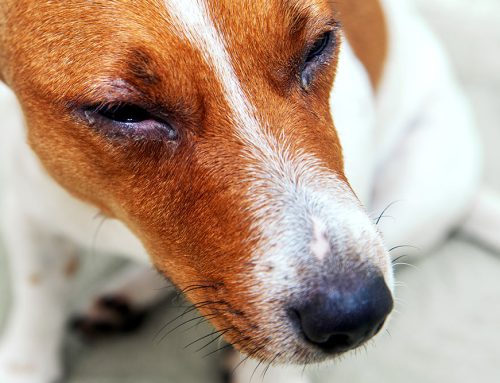
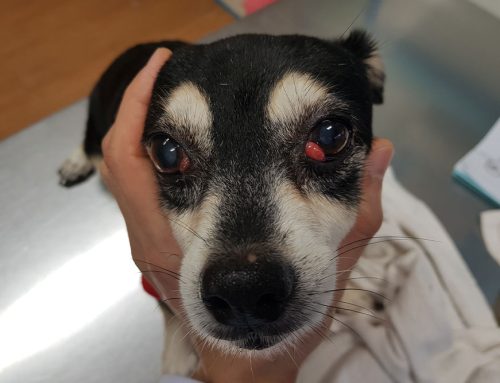
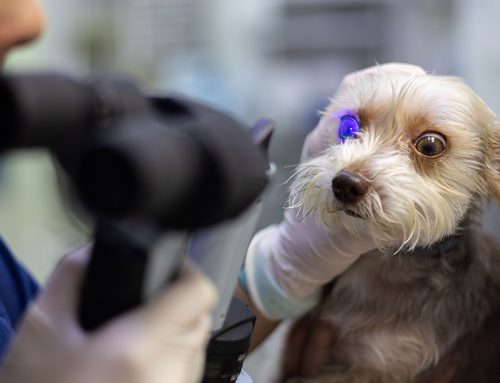
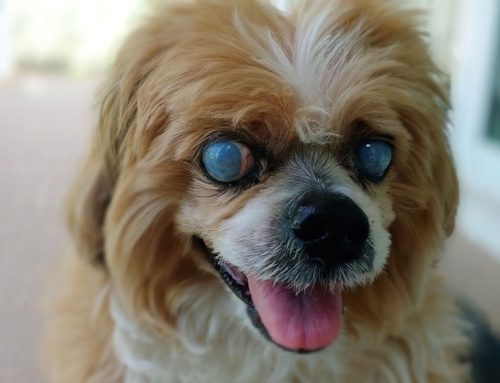

Leave A Comment